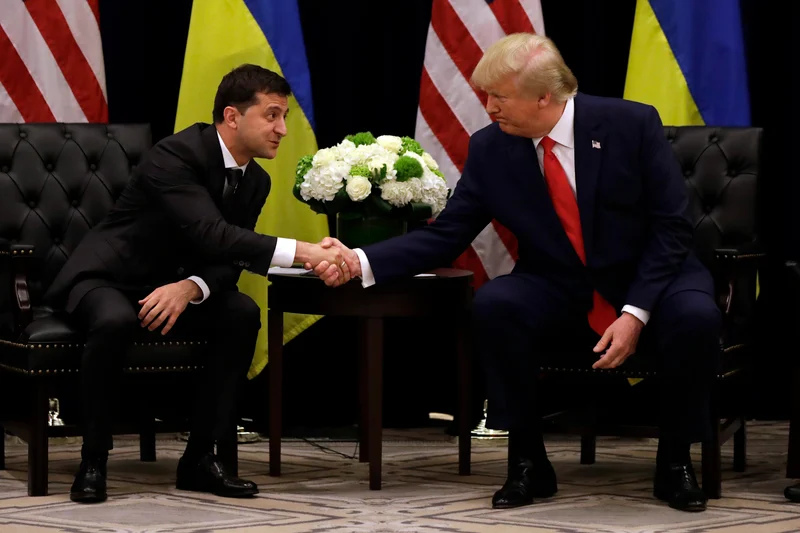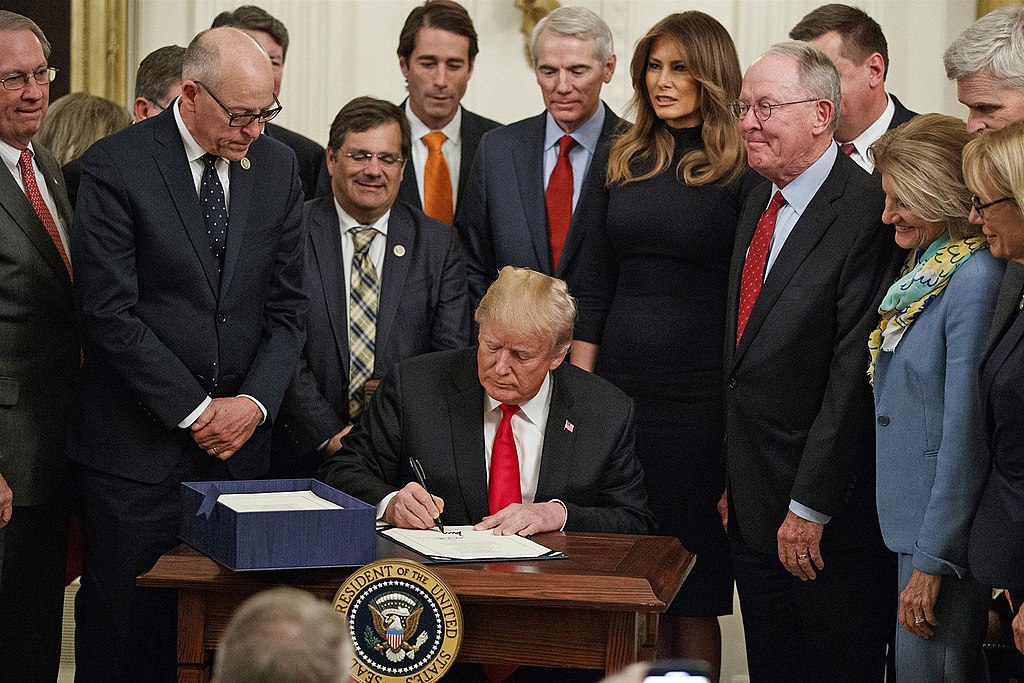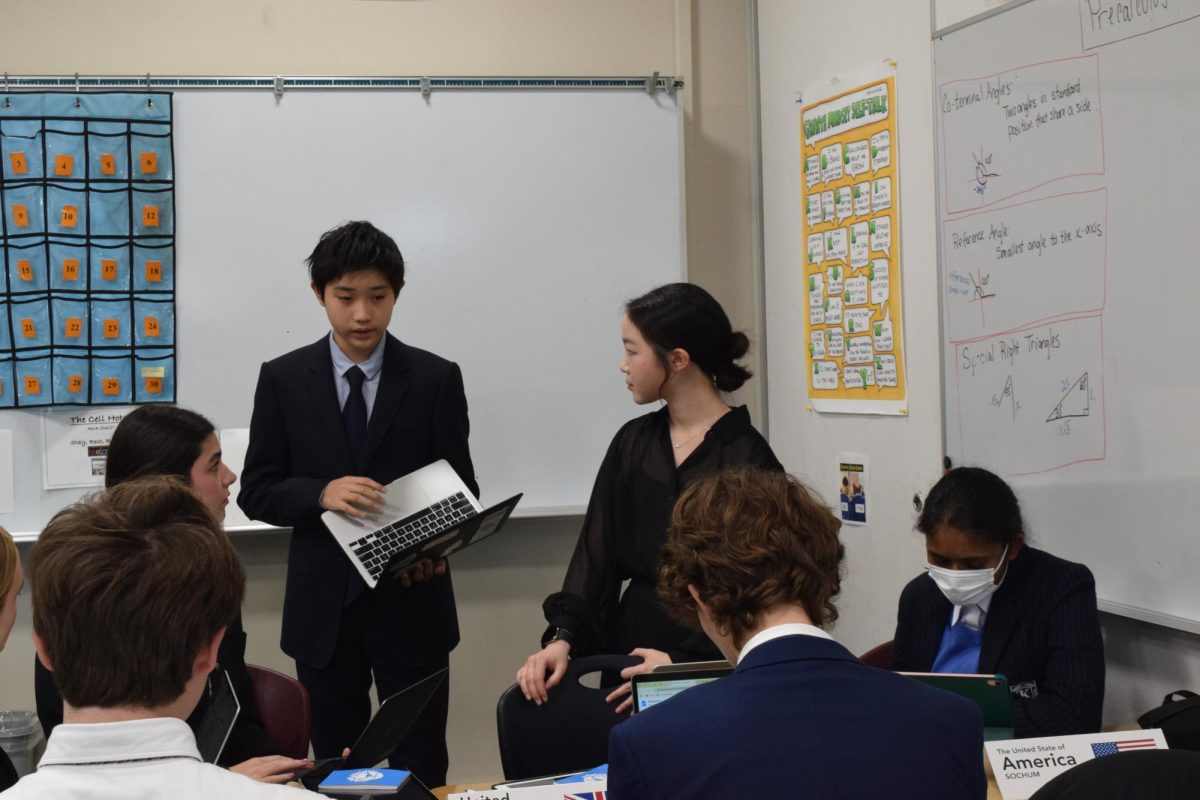On March 1st, clips and controversy flooded headlines and social media from a single event: the February 28th White House meeting between U.S. President Donald Trump, Vice President J.D. Vance, and Ukrainian President Volodymyr Zelensky.
Although the meeting gained attention for the shockingly heated remarks exchanged between the leaders, many overlooked its original purpose. In the weeks leading up to February 28th, U.S. and Ukrainian officials had been negotiating a minerals agreement granting the U.S. access to some of Ukraine’s valuable natural resources. The finalized agreement, published on the morning of the meeting, established a “reconstruction investment fund” overseen by both nations but primarily controlled by the U.S.
Under the agreement, Ukraine would be required to invest 50% of its government’s profits from natural resources, including oil, minerals, and gas, into the fund. This amounts to a lower figure than the original $500 billion in mineral wealth that the Trump administration initially requested from Ukraine, a figure President Zelensky rejected, equating the amount to “selling” the country. President Trump had defended such a proposal by stating that one of his primary goals was to “get that money back,” referring to the billions in aid sent to Ukraine under the Biden administration.
The minerals agreement was expected to be signed by both Zelensky and Trump at the White House meeting on Friday. However, the conversation notoriously ended early and unsuccessfully, with no progress made toward signing the agreement and perhaps even a few steps taken backward in strengthening the U.S.-Ukraine relationship.
The meeting seemed off to a smooth start, with Zelensky and Trump answering press questions on the minerals deal, U.S. aid to Ukraine, and other relevant topics. However, one question later sparked widespread discussion; Brian Glenn, a correspondent for Real America’s Voice, a right-wing news outlet selected by the Trump administration to join the press pool for the meeting, asked Zelensky, “Why don’t you wear a suit?” Zelensky responded, “I will wear a costume after this war finishes… maybe something like yours.“
Vice President Vance remained relatively quiet at first, sitting alongside U.S. Secretary of State Marco Rubio. The Vice President eventually spoke to defend his recent criticism of European countries, like the UK, for alleged infringements on free speech. But tensions between the U.S. and Ukraine leaders began to rise when President Trump was asked about concerns that he “aligns too much with Putin,” referencing his past praise and active relationship with the Russian leader. Trump responded, “I’m not aligned with anybody.”
Vance joined the discussion, describing the Trump administration’s relationship with Russia as “diplomacy” while condemning former President Joe Biden for his lack thereof. In response, President Zelensky questioned Vance on this so-called “diplomacy,” citing Russia’s past violations of the 2014 Minsk ceasefire agreements. Vance disregarded Zelensky’s concerns, stating that it was “disrespectful” for Zelensky to “come into the Oval Office and try to litigate this in front of the American media.”
The two continued to exchange passionate remarks, with President Zelensky questioning Vice President Vance’s judgment of Ukraine, noting that he had never visited the country or witnessed the war’s impact firsthand. Vance dismissed this, calling the visits “a propaganda tour.” In his response to Vance, Zelensky warned that the effects of the war would eventually reach the U.S., to which Trump snapped, “You don’t know that… don’t tell us what we’re gonna feel.”
From this point, tensions only worsened, and the meeting began to spiral. Trump accused Zelensky of “gambling with World War III” and criticized his leadership. Vance interjected, asking the Ukraine President, “Have you said thank you once?” Zelensky attempted to respond but was cut off by Trump, who emphasized Ukraine’s weak position in the war and the fact that the U.S. had provided immense support to Ukraine under what President Trump called “a stupid president,” referring to former president Joe Biden.
As the group continued to argue, the exchange grew increasingly heated. Eventually, Trump dismissed the press from the room. Reports differ on what happened next, with some saying that Trump personally ordered Zelensky and his team to leave the White House, while others suggest that U.S. officials asked them to depart.
As videos and reports of the contentious conversation went viral, leaders from around the world spoke out to share their opinions. European Commission President Ursula von der Leyen posted on X, “Your dignity honors the bravery of the Ukrainian people. Be strong, be brave, be fearless. You are never alone, dear President,” tagging Zelensky.
Canadian Prime Minister Justin Trudeau followed with a post condemning Russia’s invasion of Ukraine and closing with, “Canada will continue to stand with Ukraine and Ukrainians in achieving a just and lasting peace.”, implying support for President Zelensky and Ukraine.
Others sided with President Trump. Prime Minister Viktor Orban of Hungary posted, “Strong men make peace, weak men make war. Today, President Donald Trump stood bravely for peace, even if it was difficult for many to digest. Thank you, Mr. President!”
In the following days, both President Trump and President Zelensky made their own statements about the meeting. Trump wrote on Truth Social, the social media platform he founded in 2022, stating, “I have determined that President Zelenskyy is not ready for Peace if America is involved… He can come back when he is ready for peace.” A few days later, President Zelensky released a statement on X, emphasizing Ukraine’s “commitment to peace,” acknowledging that “our meeting in Washington, at the White House on Friday, did not go the way it was supposed to. It is regrettable that it happened this way. It is time to make things right.”
But the ramifications of the February 28th meeting became clear on March 3rd, when President Trump issued a shocking freeze on all U.S. aid to Ukraine, cutting off approximately 30% of the country’s weapons and ammunition supply. CNN military analyst Cedric Leighton warned that the effects of this pause “could be felt almost immediately on the front lines,” halting not just physical aid but also intelligence support, ultimately weakening Ukraine’s defense against Russia.
Nevertheless, on March 11th, following U.S. Secretary of State Marco Rubio’s meeting with Ukrainian officials in Saudi Arabia, the U.S. agreed to lift the suspension and resume aid and intelligence sharing with Ukraine. This decision came only after the Ukrainian officials agreed to sign a 30-day ceasefire with Russia. A joint statement from the meeting read, “The United States will communicate to Russia that Russian reciprocity is the key to achieving peace.” Although President Zelensky was not present at the meeting, he later commented, “Ukraine accepts this proposal, we consider it positive, we are ready to take such a step, and the United States of America must convince Russia to do so.” So, what’s next for U.S.-Ukraine relations? Regarding the pending minerals deal, the joint statement from the Saudi Arabia meeting indicated that “both countries’ presidents agreed to conclude as soon as possible a comprehensive agreement for developing Ukraine’s critical mineral resources.” Meanwhile, the U.S. will continue talks with Russia and Vladimir Putin on the potential for a temporary ceasefire. With so much at stake and so many lives on the line, these upcoming negotiations will be closely watched by EU neighbors and the world alike.








